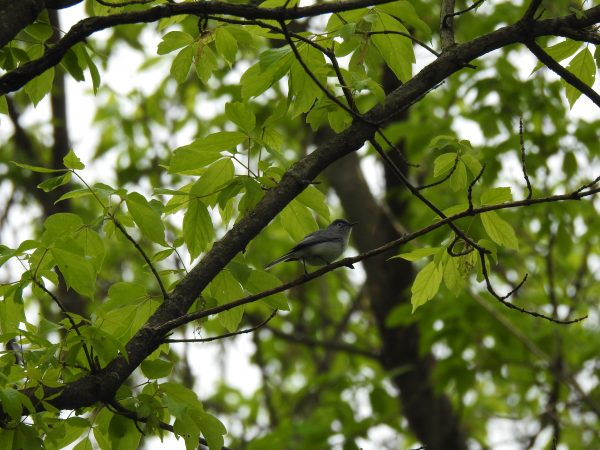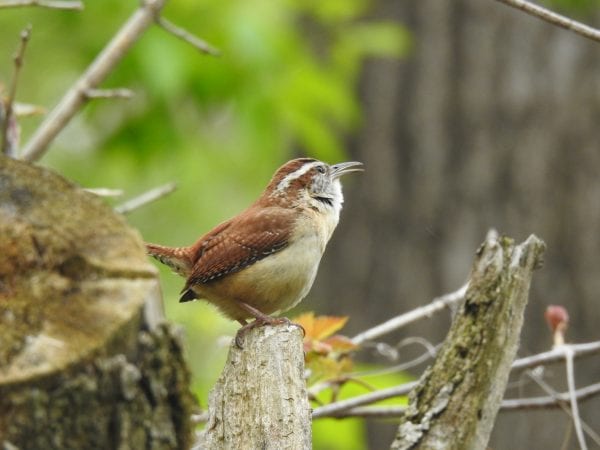I don’t know if I’ll ever write a book about Margaret Morse Nice, but now that I have visited the land where she lived and studied birds, I feel more connected to her.
I visited Columbus, Ohio in late April 2021 and made the effort to get to Tuttle Park, which was once the property she called Interpont. Tuttle Park basically covers the 60 acres where she and her family lived. Thanks to help from Sheila Fagan, Community Outreach Coordinator, from the Columbus Audubon for doing the research to discover this.

My son and only explored a tiny section of the park, but I was able to add a life list bird, a blue-grey gnatcatcher. We saw numerous other kinds of birds: swallows, robins, cardinals, a hawk launched itself from a branch above our heads, ducks, geese, cormorants, a Carolina wren, starlings, goldfinches, and more.

We had a delightful time exploring the woodsy banks of the Olentangy River.

When I write nonfiction, I love to visit the important places in the story whenever possible. It helps me hold the sights, sounds, smells and feel of the place in my mind as a I write. I love feeling connected to the place.

Margaret Morse Nice studied many kinds of birds. Her nonfiction book, The Watcher at the Nest, “almost single-handedly initiated a new era in American ornithology and the only effective counter movement against the list-chasing movement,” according to Ernst Mayr. We were watchers at a nest, too. We saw this robin building a nest.

The Watcher at the Nest focused on song sparrows. We only heard a brief song sparrow song in this visit. I had hoped to see some, and photograph them. I imagined I’d be seeing the descendants of Uno and 4M, the birds she studied. The tantalizing bit of song will do until I can visit again.
We did get to enjoy a lovely Carolina wren singing its heart out. And I know there’s more to discover in this lively park!

